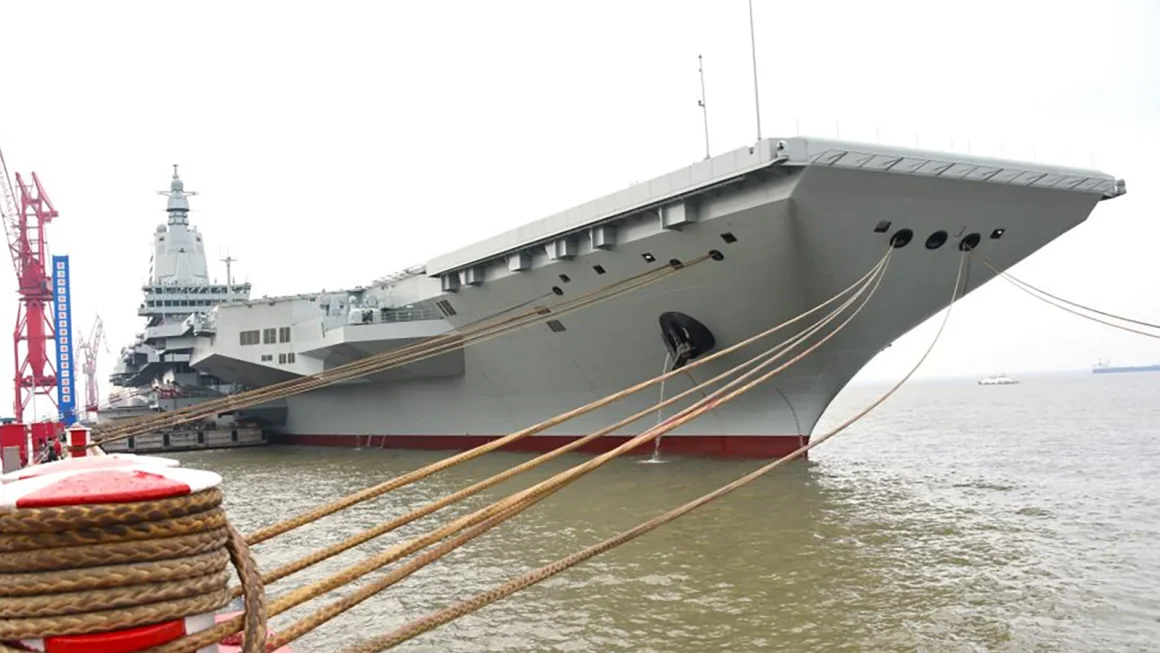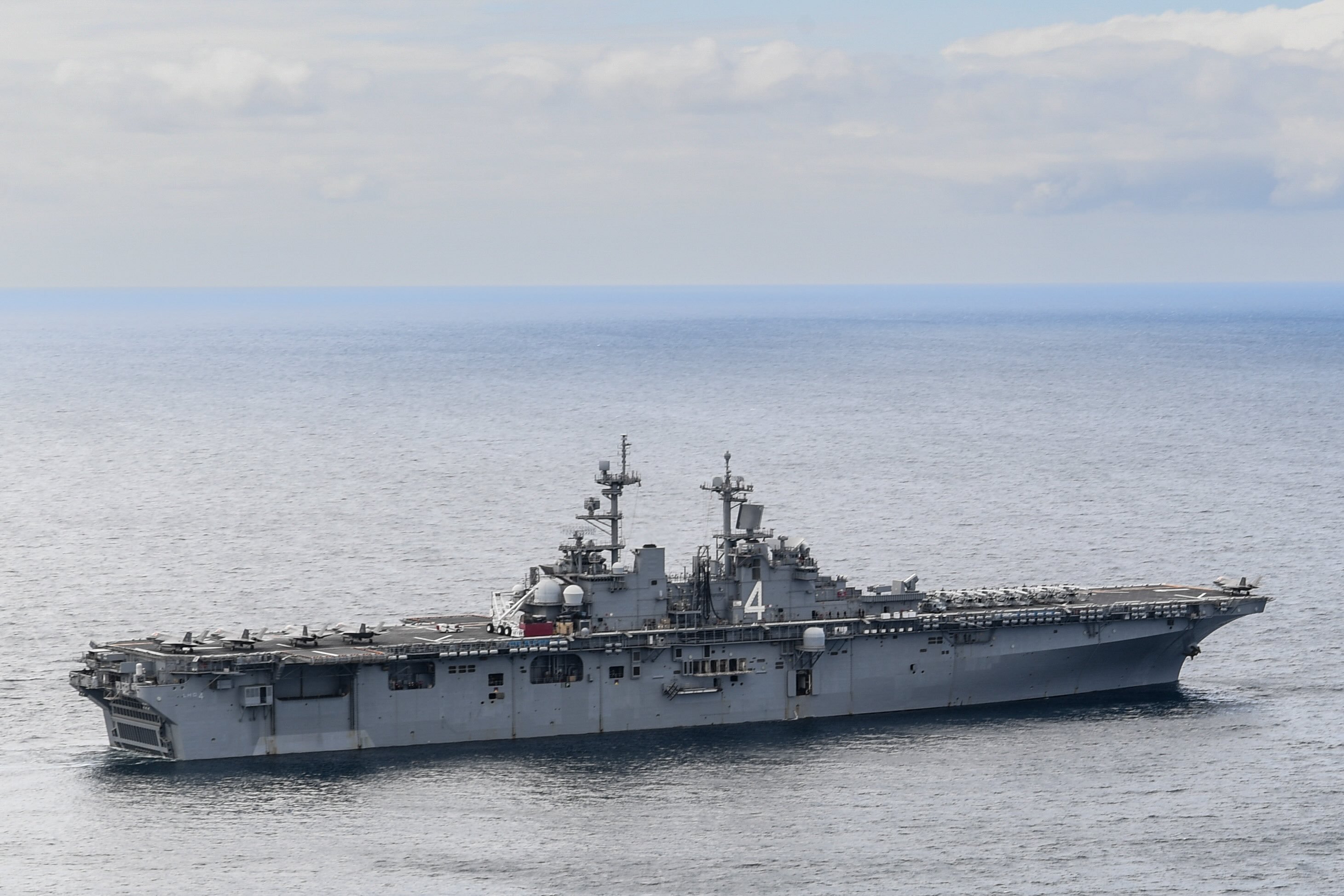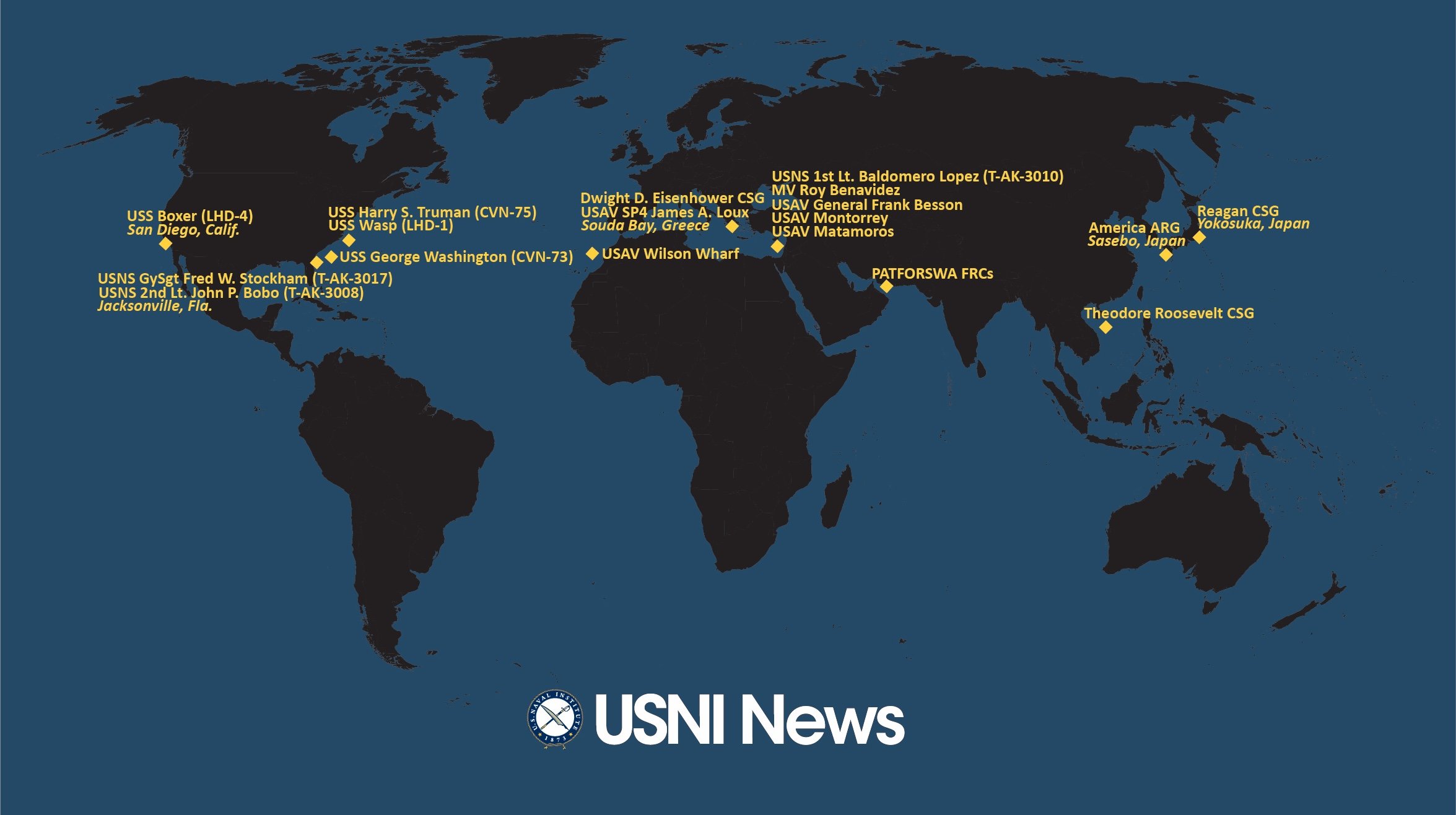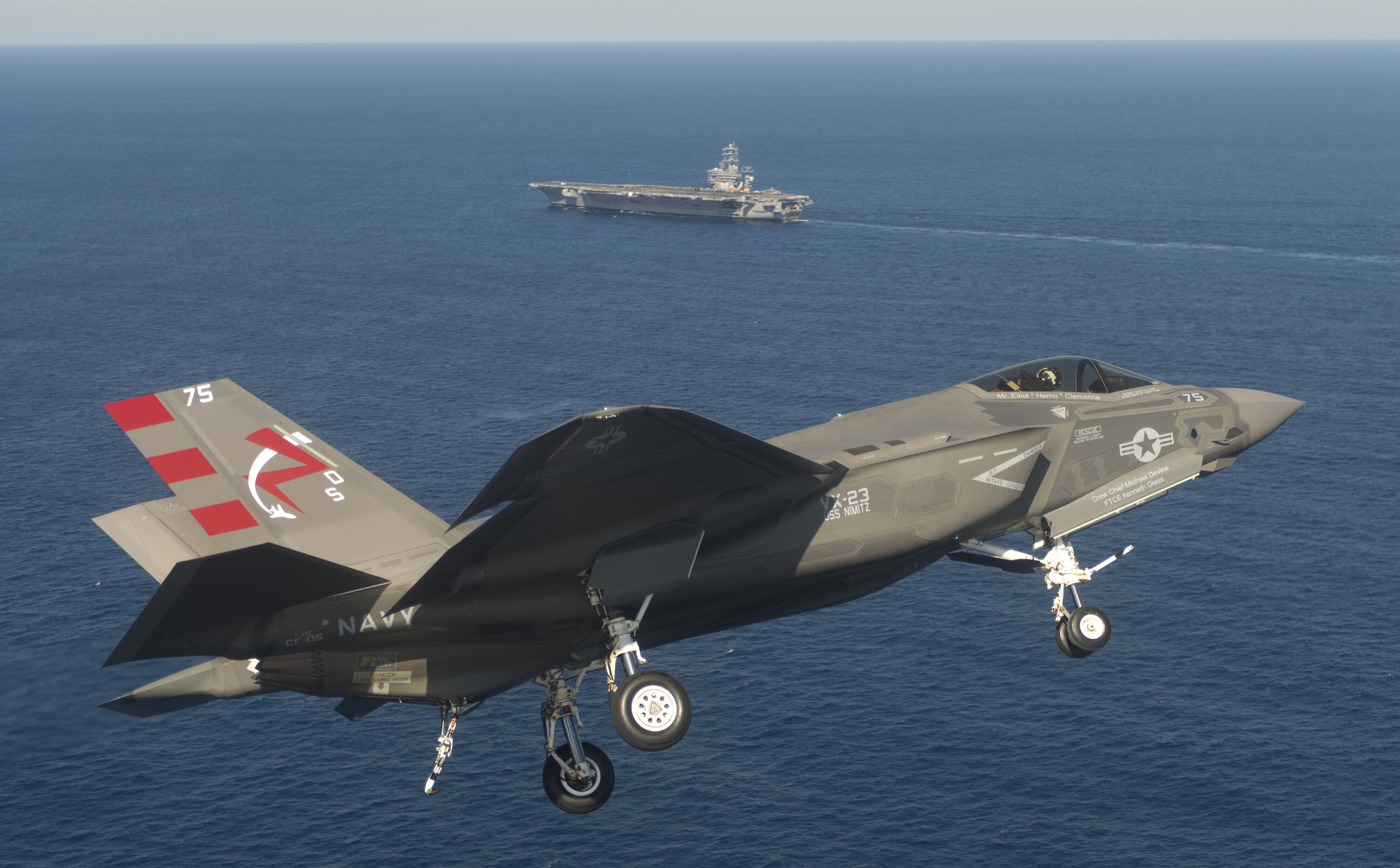
Upgrading the electronic warfare capabilities on ships and aircraft, modernizing destroyers and adding almost $2 billion in new aircraft topped the Navy’s list of wants in its unfunded priorities wish list to Congress.
In a concise letter to Congress, the Navy ‘s Fiscal Year 2016 unfunded priorities list (UPL) asked for $200 million in airborne and surface electronic warfare modernization, $60 million in destroyer modernization and $2.2 billion in new aircraft, according to the Pentagon’s submission to Congress obtained by USNI News.
“Navy had to accept reduction in naval warfare systems’ modernization, aircraft procurement and air and missile defense capabilities to meet fiscal constraints,” read the attached letter from Chief of Naval Operations Adm. Jonathan Greenert to legislators.
“Further, adversary naval warfare modernization and our tactical aircraft readiness has evolved since our budget submission — they are more challenging.”
The contents of the UPL were first reported by Defense News on Tuesday.
Greenert identified three warfare areas in which the service was “taking significant chances” that could use additional money:
- Improving sensors for air-to-air and anti-cruise missile fight
- Increase striker fighter, intelligence, surveillance and reconnaissance (ISR) and logistics aircraft capacity.
- Improve undersea warfare sensors and fire control systems
Number one in terms of priority for the service are 170 Air-to-air Radio Frequency Kill Chain Kits that “defeats enemy jamming at longer ranges” and if funded would cover all of the Boeing F/A-18 E/F Super Hornets and EA-18G Growlers by 2020 for $170 million, according to the submission.
The Navy also included an unfunded request for $60 million to fully upgrade a Flight IIA Arleigh Burke guided missile destroyer (DDG-51) to include a more modern suite of computers and the ability to handle ballistic missile and anti-air warfare threats simultaneously. The funds would buy a combat system ship set in FY 2016 for installation in 2018.
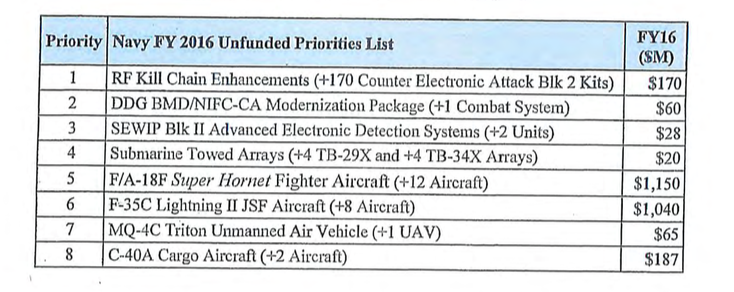 The Navy passed on fully upgrading five of its more modern DDGs in the Future Year Defense Plan (FYDP) for a savings of about $500 over the five-year period, USNI News reported in early March.
The Navy passed on fully upgrading five of its more modern DDGs in the Future Year Defense Plan (FYDP) for a savings of about $500 over the five-year period, USNI News reported in early March.
The largest line items in terms of cost were $1.15 billion for 12 additional Super Hornets and $1.04 billion for eight Lockheed Martin F-35C Lighting II Joint Strike Fighter (JSF).
The 12 additional Super Hornets would reduce some of the pressure on legacy F/A-18 A-D Hornets — set to already undergo a service life extension program (SLEP) — and be built with the internal wiring to be easily converted into the electronic attack Growlers, Greenert wrote.
The eight JSFs would buy back part of a 16 fighter reduction over the FYDP as part of the FY 2016 budget submission.
“Procuring eight additional aircraft in FY 2016 will mitigate transition risk to the F-35C [initial operating capability] in 2018, while also assuring the transition timeline of the next two JSF squadrons,” according to the submission.
The Navy also asked for eight towed sonar arrays for Virginia-class submarines, two Surface Electronic Warfare Improvement Program (SEWIP) Block II shipsets, a Northrop Grumman MQ-4C Triton Unmanned Aerial Vehicle (UAV) and two C-40A cargo planes.
This year’s list is much more modest and less granular than the FY 2015 submission — which was more than $10 billion.


